The Best 9 Bamboo Organizers for Your Home
If you have the exceptional quality of being organized and have all things, including your home, tidy, read on. But if you are considering turning…
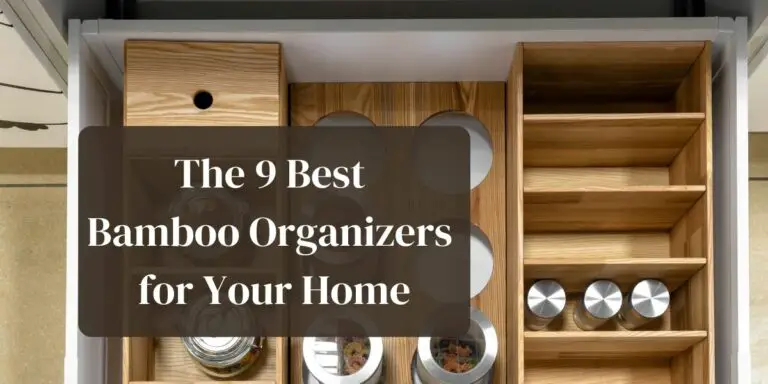
If you have the exceptional quality of being organized and have all things, including your home, tidy, read on. But if you are considering turning…

How you organize and decorate your home shows who you are and what matters to you. So, all those little details like bookshelves, carpets, paintings,…
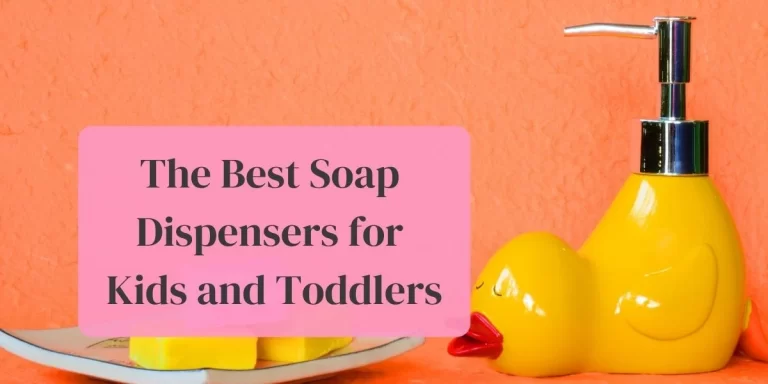
What’s more annoying for kids than washing hands several times a day? Okay, brushing teeth, tidy one’s room… but that’s not the point here. 🙂…
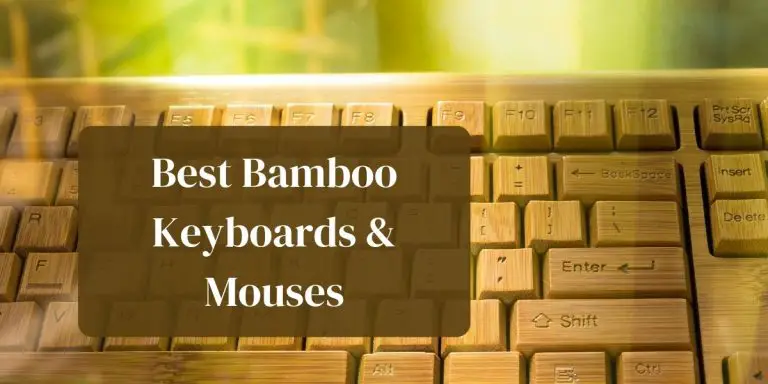
I bet they’ve already caught your eye while browsing eco-friendly products. Yes, you can buy bamboo keyboards and mouses, and not only that they look…
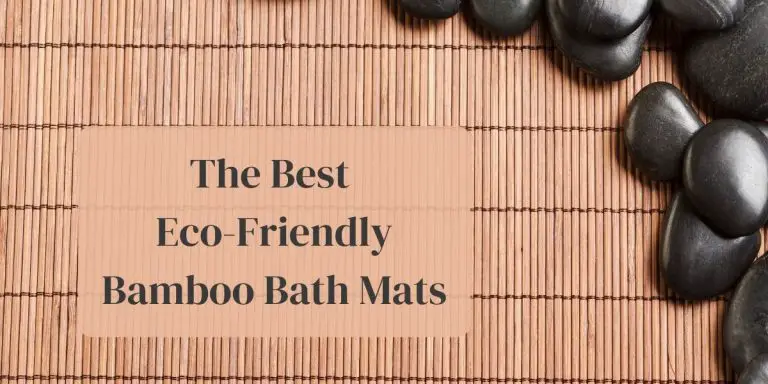
Many people don’t think there’s much difference between the different shower mats that you can buy online. Making that assumption is a big mistake. After…
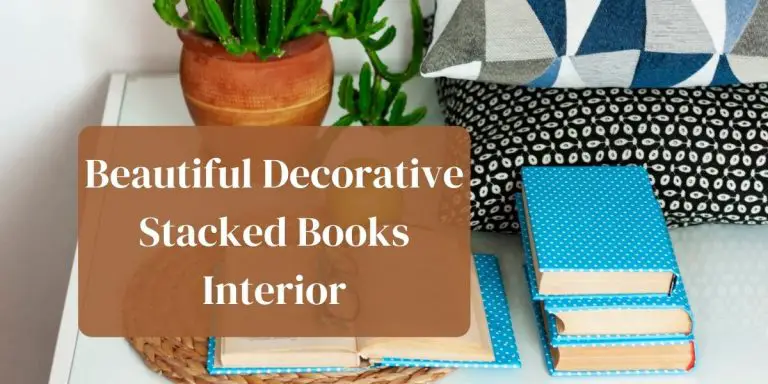
Stacked books have become one of the hottest interior trends over the last couple of years. Who would have thought that a stack of books…

Electric tankless water heaters, also referred to as on demand water heaters, have become extremely popular in recent years. The best electric tankless water heater…

The Best Gas tankless water heaters can prove to be a smart investment for any home. Not only will they provide you with an instant…
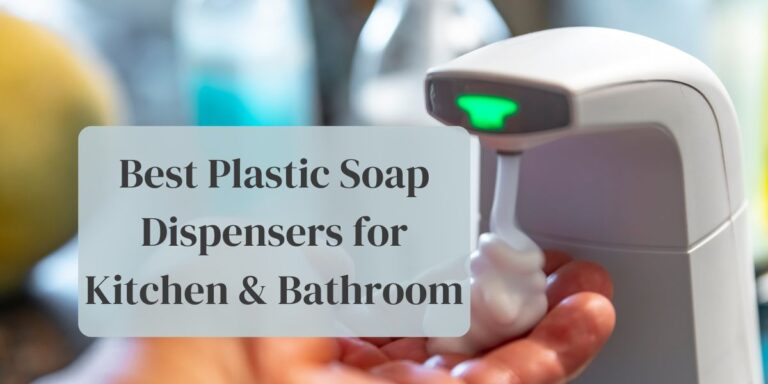
Over the last couple of years, I’ve written at least four articles on soap dispensers. I know. I’m obsessed. However, I know that people are…
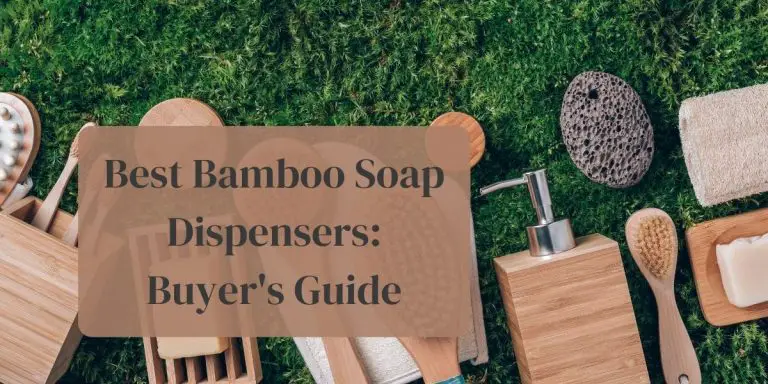
I’ve worked with soap dispensers for many years. However, that has mainly been with soap dispensers for kids and glass soap dispensers. I do not…

If you ever had a dog, you know that it can be challenging to teach them proper behavior. That’s why I love tools that do…

I have been working with soap dispensers for more than a decade. That has helped me to understand exactly what a product needs to fulfill…
![Best Eco-Friendly Yoga Mat [Top 11]](https://sustainabilitymattersdaily.com/wp-content/uploads/2018/09/yoga-mats-thumb-768x384.jpg)
I’m a huge yoga fan. And an environmentalist. Let me just get this straight right away: finding a yoga mat isn’t hard. It’s actually dead…
![Full Review: Xiaomi [Mi] Air Purifier to combat Air Pollution](https://sustainabilitymattersdaily.com/wp-content/uploads/2018/09/Climate-change-misconceptions-1.png)
Xiaomi (小米 in Chinese) is a Chinese manufacturer that has gone global with a wide range of electronic products. As I desperately needed an air…

Later in this article you can read about why spending some money on an organic, eco-friendly mattress topper is an excellent choice. But first I…

Can you remember the last time you drank a glass of tap water? We can’t either! That’s because over the last decade or so more…

These days every household should be equipped with a shower filter. This is especially true if you live in a home that has hard water…